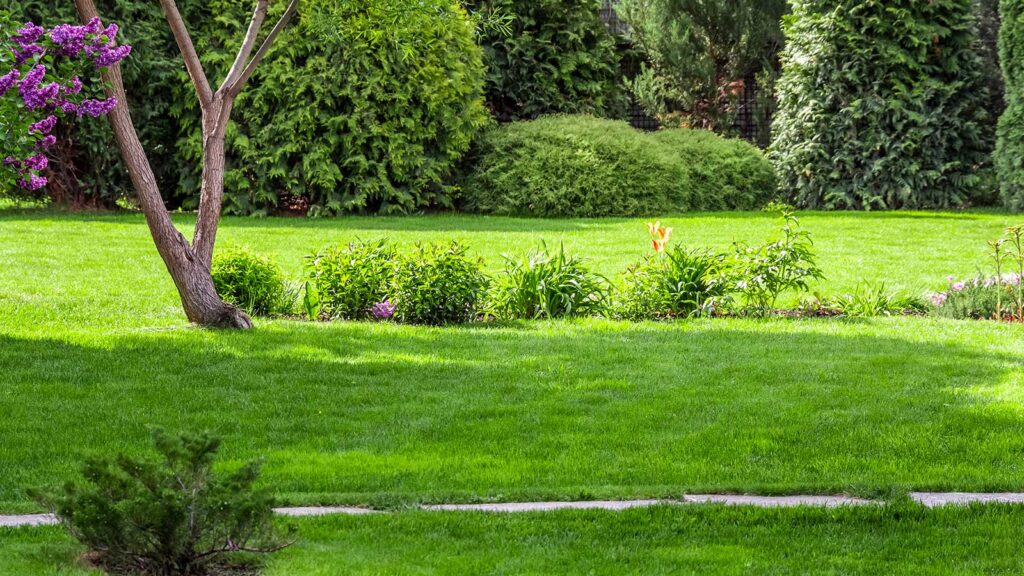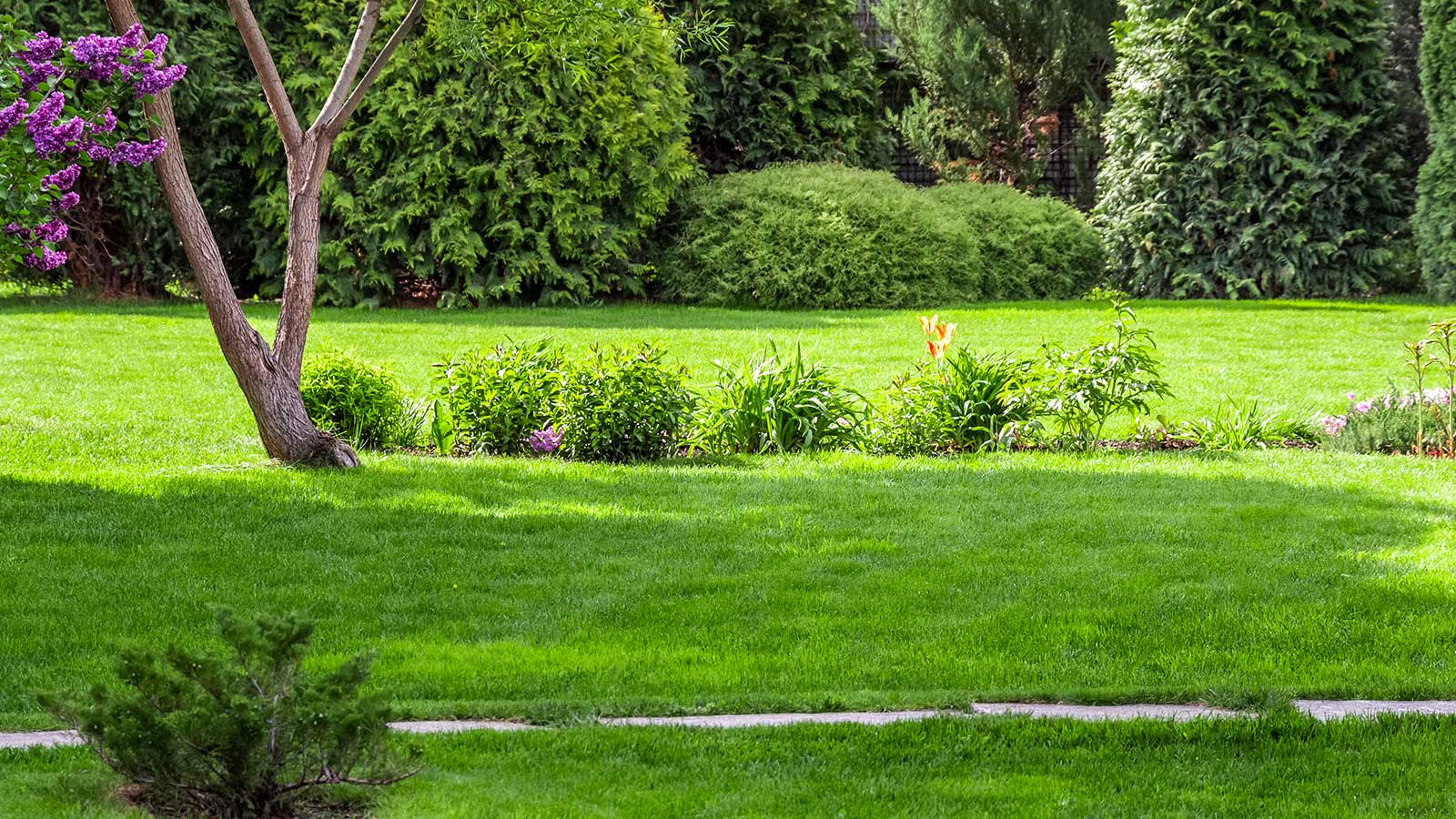Every homeowner wants a lush, green lawn, but achieving it requires more than just regular mowing and watering. Over my 20+ years in lawn care, I’ve seen people make the same mistakes over and over again—sometimes because they don’t know better, other times because they think they’re doing the right thing.
The good news? Most lawn care problems are easily avoidable with the right knowledge and approach. Here’s a breakdown of the most common mistakes I’ve seen, along with practical solutions you can apply to get your lawn looking its best.
1. Mowing Too Short
One of the most common mistakes people make is cutting their grass too short. They think it will save them time between mowings, but it actually does more harm than good. Cutting the grass too short weakens the roots, making the lawn more susceptible to drought, pests, and disease. I often see lawns with patchy, burned-out sections because of this.
Solution: Always follow the “one-third rule” when mowing—never cut off more than one-third of the grass blade at a time. For most types of grass, keeping the lawn at a height of 3-4 inches is ideal. It allows the grass to develop deeper roots and helps shade out weeds. If you’ve been scalping your lawn, give it time to recover by gradually increasing your mowing height over several weeks.
2. Watering at the Wrong Time
You’d be surprised how many homeowners water their lawns at the hottest part of the day, thinking that’s when the lawn needs it most. But watering when the sun is high leads to quick evaporation and can actually scorch the grass. On the flip side, watering late at night can leave your lawn soggy and prone to fungal diseases.
Solution: The best time to water your lawn is early in the morning, between 6 a.m. and 10 a.m., when temperatures are cooler and the sun isn’t too strong. This allows the grass to absorb the water before it evaporates, and the soil can dry out before nightfall, preventing fungal growth. Water deeply, about 1-1.5 inches per week, to encourage deep root growth. If you’re unsure how much you’re watering, set a rain gauge or small container on your lawn to measure.
3. Ignoring Soil Health
Healthy grass starts with healthy soil. But many people overlook this and focus only on what they see above ground. Over the years, I’ve had clients with beautiful lawns that start to decline, only to discover that their soil was compacted or depleted of nutrients. Testing your soil can reveal a lot about its pH levels, nutrient deficiencies, and overall condition.
Solution: Get a soil test done every couple of years to understand your soil’s needs. Based on the results, you may need to adjust the pH, add organic matter, or apply specific fertilizers. If your soil is compacted (a common problem in high-traffic areas), aerating it once a year can help. This process loosens the soil, allowing air, water, and nutrients to penetrate deeper.
4. Using the Wrong Fertilizer
Not all fertilizers are created equal, and using the wrong one—or applying it at the wrong time—can do more harm than good. I’ve seen lawns burn from over-fertilization or grow excessively fast only to weaken later because the fertilizer wasn’t suited for the specific grass type or season.
Solution: Use a slow-release, nitrogen-rich fertilizer for most lawns, but make sure it matches the type of grass you have and the season. Cool-season grasses (like fescue and bluegrass) need fertilization in the early fall and late spring, while warm-season grasses (like Bermuda and Zoysia) thrive with fertilization in late spring and summer. Always follow the manufacturer’s instructions, and never apply more than recommended.
5. Neglecting to Sharpen Mower Blades
It’s easy to forget about the condition of your mower blades, but dull blades can tear the grass rather than cut it cleanly. This creates ragged edges that turn brown and make your lawn look unhealthy. It also leaves the grass vulnerable to disease.
Solution: Sharpen your mower blades at least twice a season, or more often if you mow frequently. You’ll know it’s time to sharpen them if the grass tips start looking frayed or brown. A clean cut not only improves the appearance of your lawn but also promotes healthier growth.
Tools to Use at the Right Time
Lawn care success also comes down to using the right tools at the right time. For instance, using an aerator in the spring or fall helps relieve soil compaction, allowing roots to grow deeper. A broadcast spreader makes fertilization easy, ensuring even coverage across your lawn. And if weeds are your nemesis, a selective herbicide can target specific weeds without damaging your grass.
One tool I’ve seen people misuse is the dethatcher. Homeowners will run a dethatcher through their lawn thinking they’re helping, but if the thatch layer isn’t thick enough to be a problem (about half an inch or more), you can end up damaging healthy grass.
Pro Tip: If you’re unsure which tool or product to use, visit a local garden center. The staff there often has great advice for your specific lawn type and climate. I’ve worked with countless homeowners who turned things around simply by using the right tool for the job.
In conclusion, a healthy lawn isn’t about spending more time or money; it’s about making informed decisions and applying the right techniques. By avoiding these common mistakes and using the right tools, you can achieve that lush, green lawn you’ve always wanted. If you’re facing specific lawn challenges, don’t hesitate to ask for help—I’ve spent decades troubleshooting just about every lawn problem you can think of, and I’m always happy to offer advice.





